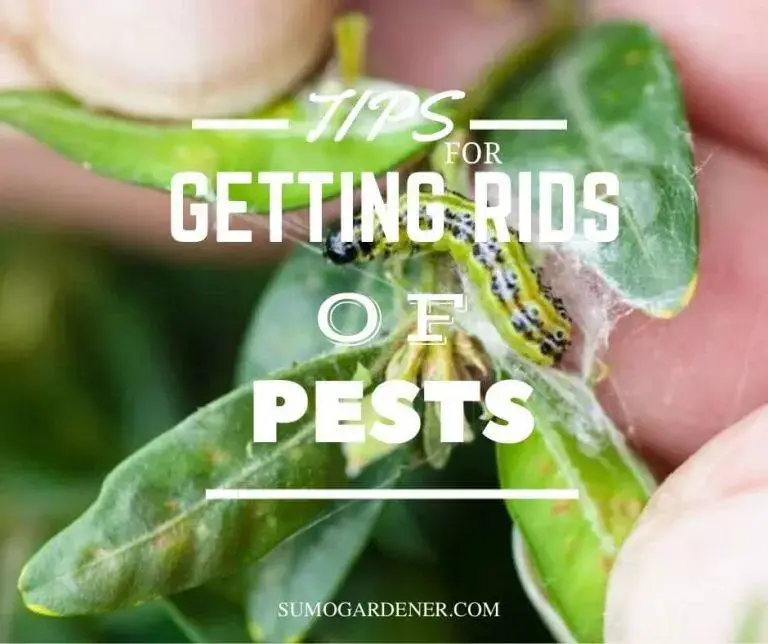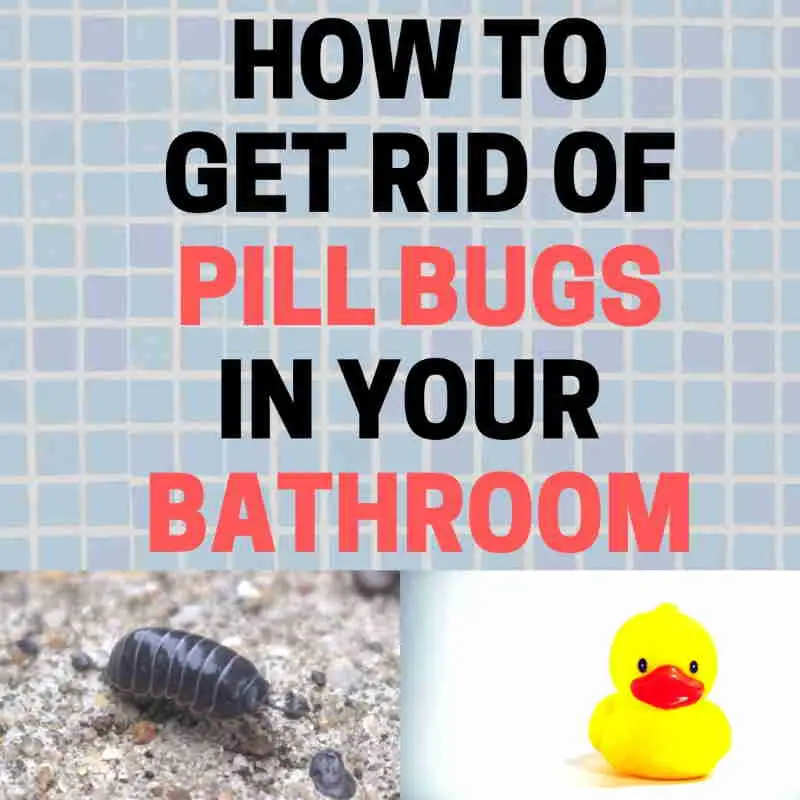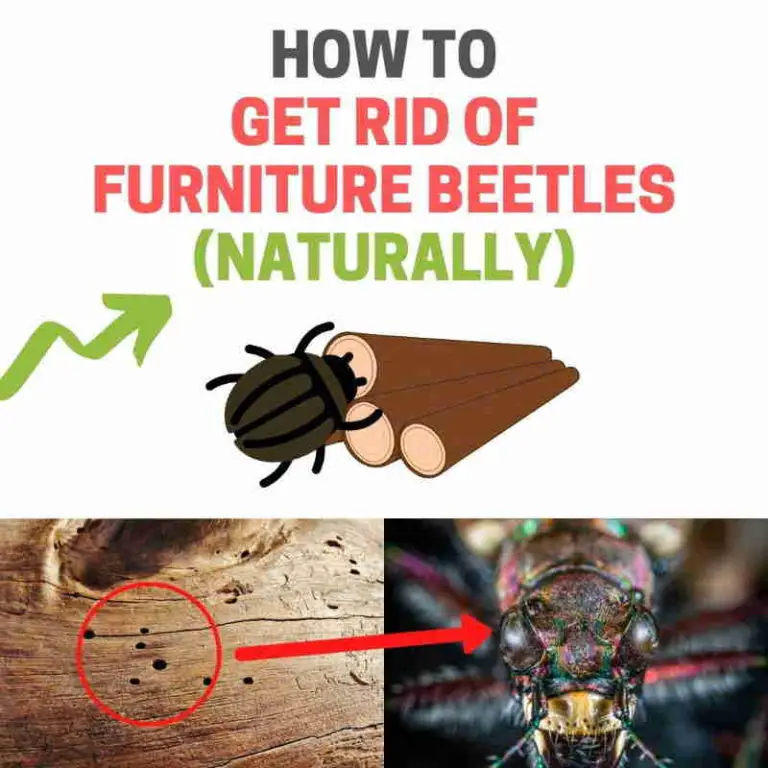The Danger And Annoyance Of The Common Mosquito
Mosquitos have established their presence nearly everywhere in the world, except for Iceland. They do best in warm, wet conditions, as they need standing water to lay their eggs and reproduce.
However, it takes very little water to harbor mosquito eggs. Even the moisture surrounding your compost bin can.
On their best days, mosquitos are an annoyance that can take the joy out of a day spent outdoors.
Yet mosquitos can also harbor dangerous pathogens. In North America alone mosquitos have been known to transmit:
- West Nile Virus
- St. Louis Encephalitis
Each year the concern grows that mosquito-borne Zika virus could spread.
While mosquitos wont directly affect your lawn, they also arent the sort of thing you want to progress unchecked.
Emptying out any standing water, and keeping your lawn cut short can reduce the moisture mosquitos need to propagate your lawn.
Organic methods like growing citronella plants or burning citronella candles can help reduce the mosquito presence in your lawn.
There are also topical mosquito repellents that you can apply to any exposed skin.
Mosquito granules and pesticide sprays can be used to create a border that dissuades them from invading further into your lawn when you are outside.
Why Is My Lawn Full Of Flies
Many things could be attracting flies in your lawn like a trash bin with food leftovers. However, some flies could be targeting your grass because its a conducive breeding ground for them. Other reasons include:
Some flies prefer laying their eggs in standing water in buckets. Things like debris could also be holding water. If you have standing water or any other thing holding water in your lawn, it would be best if you empty it out or remove it.
- You have tall grass
Flies use tall grass as hideout places. While mowing may help keep them away, leaving the cut grass or leaves in your yard might also waste your efforts.
- Your lawn has strong odors
Both beneficial and non-beneficial insects get attracted to strong odors like rotten foods, uncovered compost bins, and pet feces. Unless you improve your lawns sanitation practices, the flies will keep coming back to devour on your grass and other leftovers.
Clear Up All Little Of Leaves And Debris
Spittlebugs love old plant debris, that is where they are fond of laying their eggs, so they are most likely going to reside on as many as they can find.
If the bugs cannot find a suitable environment to lay their eggs, then they would find somewhere else besides your yard to do so.
Make it a habit to constantly clear out any plant debris you find around your garden. Keeping it debris-free is the first preventive measure you should take.
If you find any decaying organic material in your garden, then make sure those are removed as well.
Constant mowing of your lawn and general garden maintenance will go a long way in keeping the bugs away.
The less plant debris you have in your yard, the fewer spittlebugs there will be.
Also Check: What Does Lawn Doctor Use
How To Get Rid Of Grubs In Lawn: 6 Effective Ways + Natural Control
If there are grubs in your lawn, youll start to notice a change in the shade of your turfgrass. Browning of grass during summer and early fall is a likely sign of white grub worms causing the damage. The key to getting rid of lawn grubs is first identifying their signs, and then applying the best control method as I am going to show you here.
The white grub worms in your lawn are a larval stage of scarab beetles. As soon as winter ends, these worms become active when warmth kicks in. They start to damage your lawn by eating grass roots at a high rate.
If you fail to identify and kill lawn grubs on time, theyll develop into pupae, and later into full-grown beetles. The beetles will later start eating lawn grass and other foliage in your yard, causing even further plant damage.
But how do you know youre dealing with grubs in your lawn and not a disease or other problems?
Take Advantage Of Kitchen Remedies For Pests

There are some very helpful pest remedies on your kitchen counters such as orange and banana peels, cinnamon, and garlic. Garlic especially is a very efficient remedy for bugs. You can put garlic in hot water and leave it overnight.
You can use hot peppers and ginger as a spray on your garden plants, they are also very helpful in getting rid of bugs.
Also Check: Does Big Lots Carry Lawn Mowers
Keep Thatch Layer To A Minimum
Managing this pest begins with good lawn maintenance. In order to limit chinch bug populations, it is important to keep thatch to a minimum. This will also make other control methods more effective.
Thatch is the layer of dead grass between the green tops of the grass and the soil below. It offers chinch bugs a safe haven and chemically binds with many pesticides, decreasing the effectiveness of such measures.
Donât Miss: How To Kill Weeds In Your Lawn Naturally
Should I Be Concerned
Chinch bugs feed by sucking the sap from the crown and stems of turf grasses. They prefer bentgrasses, but will attack many other lawn grasses like bluegrass and varieties of red fescue.
The damage caused by chinch bugs appears quickly in hot weather. With most of the damage in open, sunny areas, this may be mistaken for drought damage.
Lawn damage shows up as irregular yellow patches, which begin in June and spread over the summer. The grass may turn brown and die if feeding continues unchecked, and a severe infestation of chinch bugs can destroy an entire lawn.
Alternate Formats
Recommended Reading: Does Walmart Have Riding Lawn Mowers
Also Check: Who Sells John Deere Riding Lawn Mowers
Chinch Bug Life Cycle
The chinch bug lays over 250 eggs during her lifetime, which is about 4 eggs per day. Females will deposit her eggs on St. Augustine grass near where the blade of grass touches the soil.
Eggs hatch in the warmer, summer months in about two weeks with an incubation period of just about 12 days. Depending on the water, this process can be expedited or slowed.
When the eggs hatch, the nymphs look like a smaller wingless adult. Theyre yellowish and will be changed to reddish with a pale white stripe across the abdomen and eventually fade to black with a white band as the chinch bugs grow.
Adults have a body length of about 6mm with white wings and a black spot on the forewings. There are long-winded and short-winged forms of chinch bugs.
How Do I Prevent Grubs In My Lawn
I always advise people to take preventative measures rather than treating them later. Below are some means to prevent grubs in the lawn.
- Use beneficial nematodes along with Milky spore disease. This process may take a year or two but prevents further infections.
- Do not use artificial fertilizers to feed your lawn as it kills the beneficial nematodes. Use only organic fertilizer.
Recommended Reading: Are Robotic Lawn Mowers Any Good
What Do They Do To Grass
Chinch bugs will eat up your grass so that it looks like patches of yellow grass. You may see bare spots, yellowing, or browning foliage. Especially if the grass is weedy and tall and offers them plenty of hiding places to munch without being disturbed.
They like to hide where they wont be seen so theyre safe from predators.
If youve ever seen your lawn in a drought, damage to it forms these pests look very similar.
Drought damage can be differentiated from chinch bugs as drought damage leaves an evenly damaged, brownish grassed area. Chinch bugs will leave mottled gross in patches or clumps unevenly with lines of undamaged grass between each patch.
Youll often notice this around lawn edges, foundations, driveways, streets, bricks, housing, and other buildings. Take a good look at the grass for the presence of these pests and also look for their nymphs. Theyre easy to spot because theyre bright pink/red with a stripe thats white.
You can also use a tool to dig around in the area where you suspect them to be and see if any of the bugs grab onto the tool. You can also wear some garden gloves and look at the grassroots for any chinch bugs present.
Also Check: Do My Own Lawn Weed Control
Can Chinch Bugs Be Transferred By Lawn Mowers
Chinch bugs cannot be transferred by lawn mowers since they tend to avoid the upper sections of the grass blades and stay at the base of your turf. I youre spotting chinch bugs on your St. Augustine lawn and are wondering how they got there, the answer could be by flying or crawling in from nearby lawns.
Also, if youve recently transplanted sod or stolon cuttings as sprigs to plant in your St. Augustine turf, it could be that the chinch bugs were carried along with the sod pieces, plugs, or sprigs.
Read Also: When Is The Best Time To Overseed Your Lawn
Are Grass Spiders Poisonous
While grass spiders are not poisonous, they arevenomous. In most cases, their venom is not a risk of people. Instead of biting unsuspecting gardeners, grass spiders use their venom to subdue prey.
Grass spiders have very small fangs that cannot generally puncture human skin. However, the exception is people with thin skin such as older people and babies. These populations may be vulnerable to grass spider bites. If a grass spider bite does occur, the result is typically minimal irritation. In rare cases, necrotic skin lesions and bacterial infections can occur.
Grass spiders are a shy spider species. They dont seek out people and are unlikely to bite unless they feel threatened.
Dont Miss: How To Start Your Own Lawn Mowing Business
Why Are Lawn Pests A Problem

It isnt the adult moths that you should be concerned about, but their larvae. The larval stages of lawn moths feed on grass leaves at night. Their chewing creates extensive damage to the leaves of the grass, causing it to become brown. Not only this, but they also prefer hot and dry grassy areas like banks and steep slopes, where drought stress causes the chewing to become a more significant problem, a double-pronged attack on your lawn .
The first juvenile stages of webworms live in the upper leaf surface of the grass, causing negligible damage however, it is when they mature to the final immature stages that they cause the most significant harm. The final stages end up chewing the entire leaf blade, causing noticeable yellow-brown patches, which continue to die during the heat of summer .
Over time, with continued summer conditions, these patches come together to form huge, dry patches of lawn, which is easily confused with drought symptoms. However, all is not lost you can return your yard to its former glory through proper cultivation practices and treatment .
You May Like: How To Stop Lawn Fungus
How To Get Rid Of Grubs In Lawn Naturally
Introducing beneficial nematodes onto the infested lawn is the best way to eliminate grubs naturally. You can also spray Neem oil onto the lawn to eliminate grubs. It is good to have birds around the lawn as they are natural predators.
Natural ways of control should be preferred as they are harmless, both for you and your pets. You wont be harming the ecosystem in any way too.
How To Kill Ticks In Your Yard
You know what to look for: an insect about the size of an apple seed latched onto the skin or a rash shaped like a bullseye. As a homeowner, youll want to take care of a tick problem before these pests actually latch on to you, your children, or your pets. Luckily, tick infestations are uncommon in a well-maintained yard, but they do happen, so here are some steps to help you kill ticks in your yard.
In some cases, killing ticks will likely involve calling a pest control company, such as Orkin. To get a quote for the companys indoor and outdoor tick control services, call or fill out this simple form to get started.
Recommended Reading: What Is The Best Commercial Lawn Edger
What Are Chinch Bugs
Chinch bugs are tiny insects that are very hard to see. They are related to bed bugs, cicadas, leafhoppers, and shield bugs. They can become a problem for people with lawns due to their tendency to gather on open patches of turf grass. They can hide anywhere due to their small size.
The damage they cause to your lawn can often be confused with drought stress. Thats why its necessary to ensure that you are not dealing with a chinch bug infestation when you see damage to the grass in your lawn. Even though chinch bugs can fly, they prefer to travel on foot.
After destroying one lawn, they move to a new area for feeding. They are surprisingly fast and can cover 400 feet in just under an hour. Chinch bugs are typically found in hot, dry locations on your lawn and love to hide in sidewalks and driveways.
How To Spot A Chinch Bug Problem
If youâre not sure if the brown patches in your yard are caused by chinch bugs or drought, check for additional signs:
- Spots of dead grass: The turf turns yellow, then brown. The patches tend to merge into one huge area of dead grass.
- Increase in weeds: Crabgrass and thistle will start to sprout.
- Lawn looks like itâs been through a drought: No amount of water will repair the damage.
- Damage expands rapidly: One brown patch quickly turns into a dozen.
- Neighbors have chinch bugs: The bugs cant fly but they can walk and hop from one property to the next.
- You can see them: Using a magnifying glass, check the thatch in your lawn. You can also take a sheet of paper and hold it behind blades of grass to make these minuscule bugs easier to spot.
- Tin-can test: Set an open-ended coffee can or metal cylinder 3 inches into the soil. Fill the canister 3/4 full of water and continue to add water to maintain this water level for about 10 minutes. Chinch bugs will float to the top of the water.
Read Also: What Is The Best Lawn Edger To Buy
Kills 100+ Listed Insects
Killing bugs and lawn-damaging grubs just got easier with Roundup for Lawns Bug Destroyer. One application will protect your lawn above and below the soil surface from more than 100+ listed insects for up to 3 months. And, you can prevent turf damage by killing grubs before they damage your lawn.
Read Also: How To Remove Pine Needles From Lawn
Conventional Ways To Get Rid Of Grubs
If youre looking for a convenient way to get rid of grubs, youre in luck.
There are two primary chemicals used to reduce lawn grub populations: carbaryl and trichlorfon.
Both effectively kill grubs and are generally considered the only options when high concentrations of grubs are found in the fall or early springbefore May.
Research indicates that these compounds will kill 20-80% of grubs when applied in September and 20-55% of grubs when applied in late October.
Heres a breakdown of each:
Read Also: What Are The Top Rated Zero Turn Lawn Mowers
How To Detect And Treat Common Lawn Pests
When your lawn is thick, healthy and emerald green, it’s one of the most inviting parts of your home landscape. But when your turf is brown and sickly due to pest invasion, it quickly loses its appeal. Learning about the various pests that threaten your grass and then arming yourself with an effective treatment plan will help ensure your lawn stays healthy and beautiful.
The best way to control lawn pests is to identify them correctly, get to know their life cycles and symptoms, then treat them promptly and properly at optimal times. The following pests can cause significant damage to your lawn:
How To Kill Grubs In Your Lawn

During the late summer and early fall, you may begin to notice lawns turning an unattractive shade of brown in certain unsightly, dying patches. The likely explanation is the grass is being destroyed by hungry, thriving grub worms living below the surface of the lawn. If this has happened in your lawn, there is good news. These pests can be controlled, and your lawn can be restored back to its healthy state by getting rid of grub worms.
Better yet, because of a growing preference for natural gardening solutions, there are now some easy and natural ways to kill lawn grubs and stop them from reappearing next year. This means youll be able to get back to enjoying your yard year-round without concern of nasty grubs eating away at it.
Read Also: How To Restore Lawn From Weeds
Recommended Reading: Who Makes White Lawn Mowers
Replace Your Outdoor Lights With Led Bulbs
Rotate Your Crop Selection Every Year
Don’t Miss: Who Makes Weed Eater Lawn Mowers